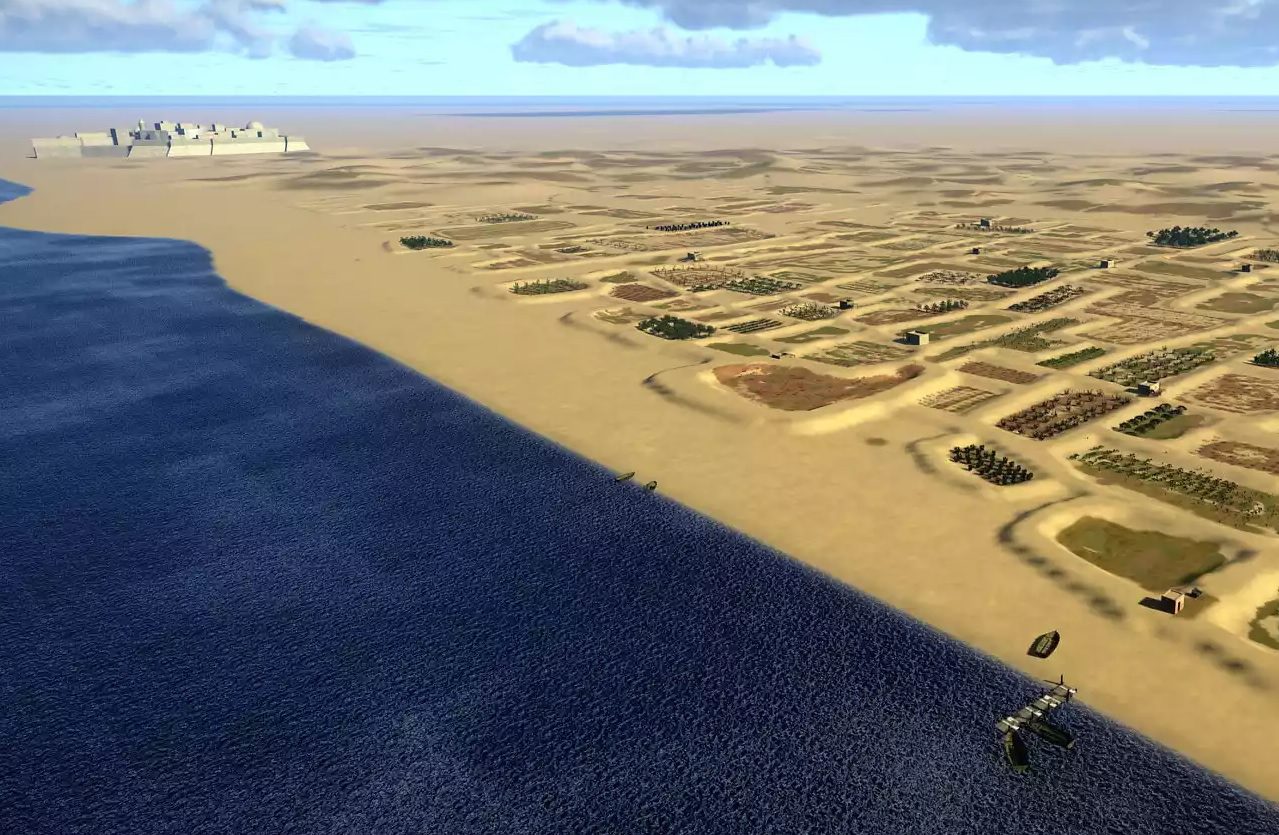A team of archaeologists from the Israel Antiquities Authority and Bar Ilan University have uncovered a sand dune farm from the Middle Ages in Caesarea, Israel.
Situated on the coast of the Eastern Mediterranean in the Sharon Plain, Caesarea was an ancient city known as Caesarea Maritima during the Roman and Byzantine periods and a medieval city during the Arab and Crusader periods.
Caesarea was first settled during the 4th century BC as a Phoenician Colony, emerging as a major trading port during the 1st century BC under Hasmonean rule. During the Roman period, the city became the provincial capital of the Roman province of Judaea, Roman Syria Palaestina, and Byzantine Palaestina Prima.
Following the Muslim conquest of 640, the city fell under Arab rule during the 7th or 8th century AD. This period saw a gradual economic decline accompanied by the fleeing Christian aristocracy.
Caesarea was taken by Baldwin I in the wake of the First Crusade in 1101. Similar to the events that took place in Jerusalem in 1099, the Crusaders massacred a segment of the male population, enslaved women and children, and pillaged the city.
In 1187, Saladin succeeded in retaking the city, but it was later recaptured by the Europeans during the Third Crusade in 1191. Then, in 1251, Louis IX of France ordered the fortification of the city, which included the construction of high walls (some of which are still standing today) and a deep moat. Caesarea was finally lost in 1265 when it fell to the Mamluk armies of Sultan Baibars.
Recent excavations have uncovered an ancient farming system in the sand dunes adjacent to the city ruins. The area, dubbed “Caesarea Gardens”, is a large 1.5 square km area containing the world’s first large-scale sand dune farming.
Researchers have found 370 checkerboard crop plots containing marble fragments, coins, stones, ceramics and glass. The material was originally deposited as waste in landfills around Caesarea, which was then reused for berm construction to harness groundwater and enrich the soil.
According to the researchers, it would have taken hundreds of workers to transport the sand and reconfigure the dunes over a wide area for the Caesarea Gardens. Overall, they estimate that approximately one million workdays were invested in the agricultural project.
The team have found no evidence of archaeobotanical remains or agricultural waste, possibly due to the soil composition making it difficult to preserve plant remains. They suggest that the plots were likely used for the cultivation of vegetables, rather than orchards, cereal crops, or vineyards.
Sand dune farming was introduced to various regions including the Gaza Strip, the Sinai Peninsula, the Mediterranean coast, the Sahara, and the Atlantic coast of the Iberian Peninsula, as a result of Islamic expansion, however, the Caesarea Gardens were abandoned sometime by the Crusaders during the 12th century AD.
Header Image Credit : Yaakov Shmidov – Israel Antiquities Authority







